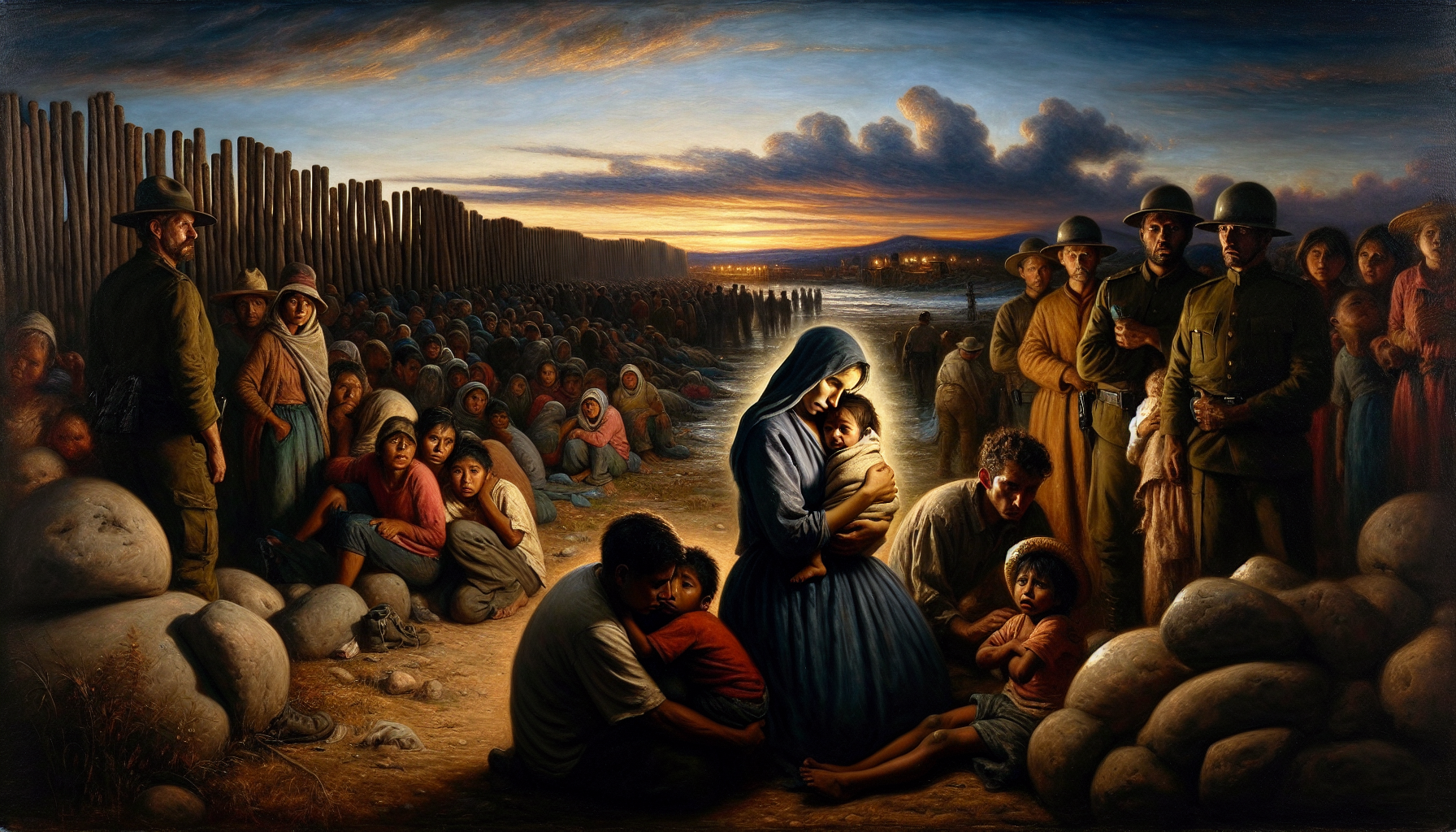The Big Picture |
|
On May 27, 2025, the most notable government activity came from the Executive Branch, where President Trump issued a proclamation marking the 101st anniversary of the U.S. Border Patrol. This proclamation not only honored border agents but also highlighted a series of aggressive immigration and border security measures implemented since January 20, 2025. These include declaring a national emergency at the southern border, designating certain criminal groups as terrorist organizations, resuming border wall construction, and increasing deportations. According to the administration, these actions have led to a dramatic reduction in border crossings—95% fewer daily encounters and a 99.99% drop in migrant crossings within the first 100 days—along with over 150,000 arrests and 135,000 deportations. While these figures are striking, they come from the administration itself and should be viewed with cautious scrutiny.
|
|
Meanwhile, the Legislative and Judicial branches were largely inactive on this day. Congress held no sessions or hearings, and no new laws or policy decisions were made. This lack of legislative activity means that the executive’s border policies remain unchallenged or unmodified by Congress for the time being. The absence of judicial activity also suggests no immediate legal challenges or rulings related to these policies were issued on this date. Overall, the government’s focus appears concentrated on border security through executive action, with little legislative or judicial engagement at this moment.
|
Pattern to Watch |
|
The emerging pattern is a strong executive-driven push toward stricter border enforcement and immigration control, characterized by emergency declarations, criminal designations, and infrastructure projects like the border wall. The administration’s reported sharp declines in border crossings and increased deportations suggest a shift toward more aggressive enforcement as a central policy priority. If this trend continues, we can expect further executive orders or proclamations reinforcing border security, possibly accompanied by expanded use of emergency powers. Key indicators to watch include official updates on border encounter statistics, new designations of groups as terrorist organizations, and announcements about border infrastructure projects. Additionally, any legislative or judicial responses—such as new immigration laws or court rulings—would signal whether this executive-driven approach faces pushback or gains broader institutional support.
|
|
|

